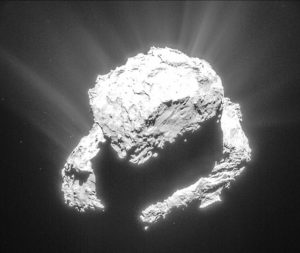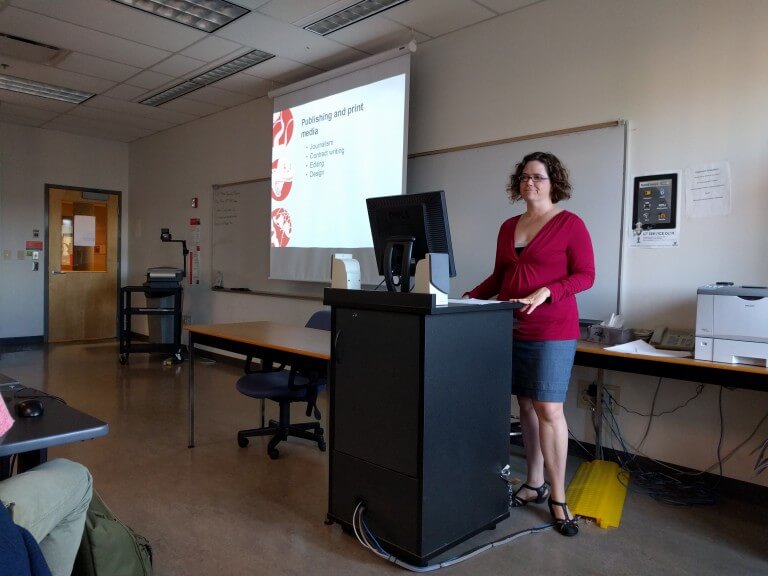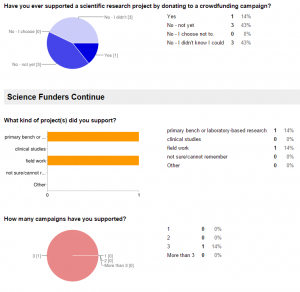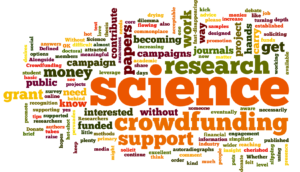#goodbyephilae #goodbyerosetta

Talk Science To Me staff are a bunch of hard-nosed, emotionless science communicators who check their feelings at the door each day to report the cold, hard facts…
Okay, strike that — as you know from previous blog posts, we’re passionate about science and unafraid of wearing our hearts on our sleeves. When little Philae crashed onto Comet 67P/Churyumov-Gerasimenko almost two years ago, staff joined many others around the world in getting a little teary about its last tweet. As the lander, lost and off course, settled into what could have been a terminal nap, we were left with the image of the ever-present Rosetta orbiter circling a lump of icy rock in deep space, hovering expectantly for its little friend to wake up and communicate once more. Definitely Pixar-worthy!
![Halley's Comet: May 29, 1910. By Professor Edward Emerson Barnard at Yerkes Observatory, in Williams Bay, Wisconsin. [Public domain]. https://commons.wikimedia.org/wiki/File%3AHalley's_Comet_-_May_29_1910.jpg](https://www.tstmarchive.talksciencetome.com/wp-content/uploads/2016/05/512px-Halleys_Comet_-_May_29_1910-300x227.jpg)





 We were curious about this question, and we decided to take the opportunity presented by the annual meeting of the American Association for Advancement of Science and the first conference of the newly formed Citizen Science Association, which both took place in San Jose last week and this weekend. We put together
We were curious about this question, and we decided to take the opportunity presented by the annual meeting of the American Association for Advancement of Science and the first conference of the newly formed Citizen Science Association, which both took place in San Jose last week and this weekend. We put together 